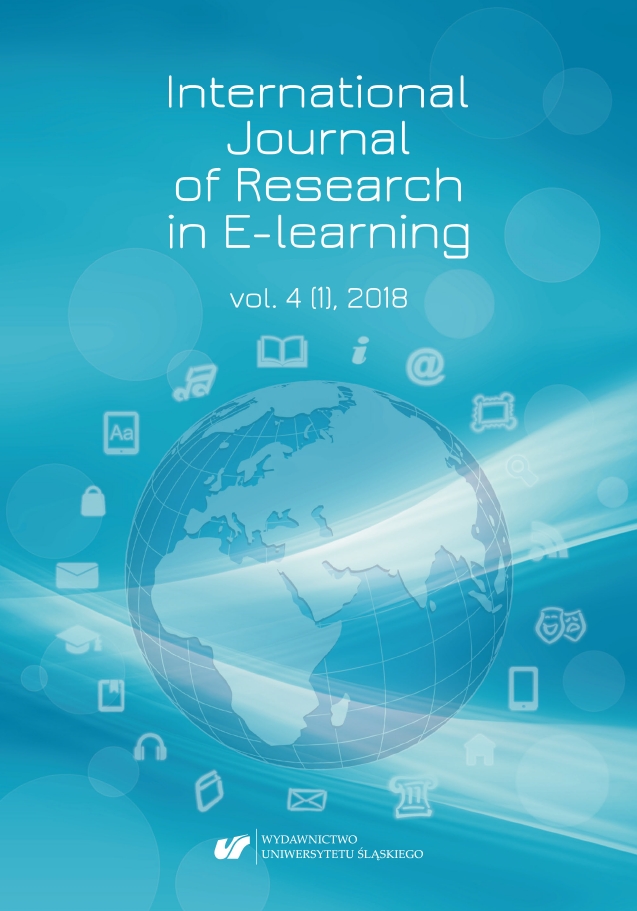

An interest in integration of mobile applications in education will continue to rise. What is necessary nowadays are such didactic methods that will facilitate and accelerate the transmission of knowledge to students, activate a process of mastering knowledge, teach them to undertake independent work with the given material, and enhance the productivity of educational process and teachers’ work. Such methods of studies can be realised on the basis of the use of information technologies in education. The basic problem is a requirement to develop methods and resources for support of the use of mobile technologies by elementary school students. Mobile technologies can make the learning process more interesting, answer the requirements of today, and give necessary information at the right time. In this model, the activity approach will be employed. The cognitive activity of a child will get organised in such a form that opens him or her for knowledge, so that learning becomes the main activity, as required by the discussed programmes. The article analyses the game models necessary for the education and development of children of elementary school age. The contents of mobile platform gaming models are revealed. The article also provides the classification of the proposed products that promote the learning and development of a child, the so-called soft skills and hard skills. The suggestions for using gaming models on different devices are given. The requirements for the use of gaming models of mobile platforms in the educational process are offered.
Download files
Citation rules

Vol. 4 No. 1 (2018)
Published: 2018-01-13